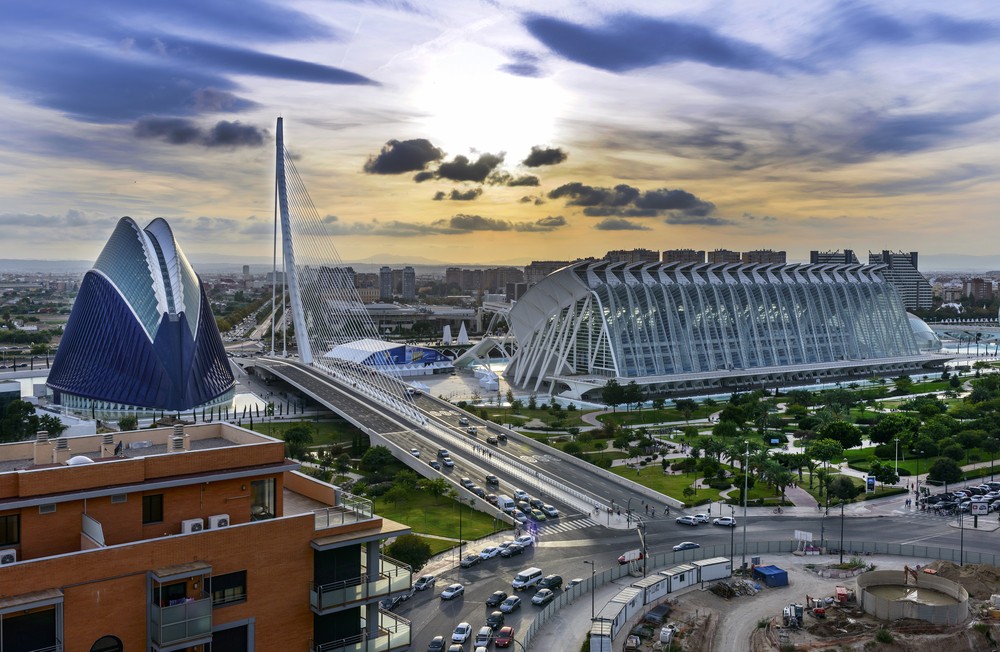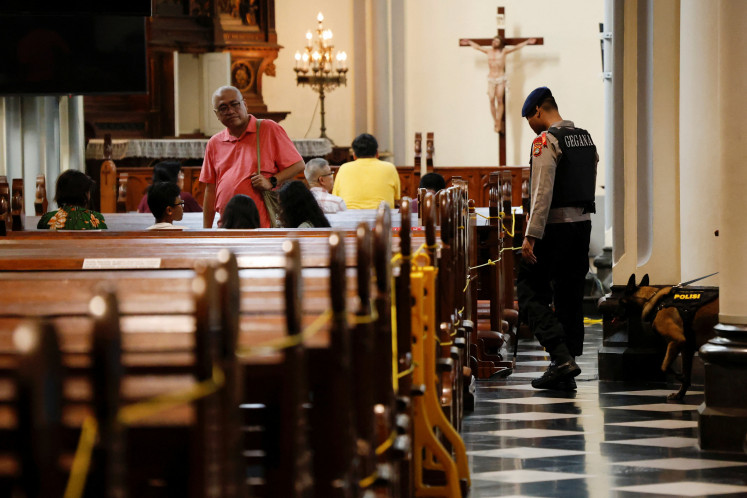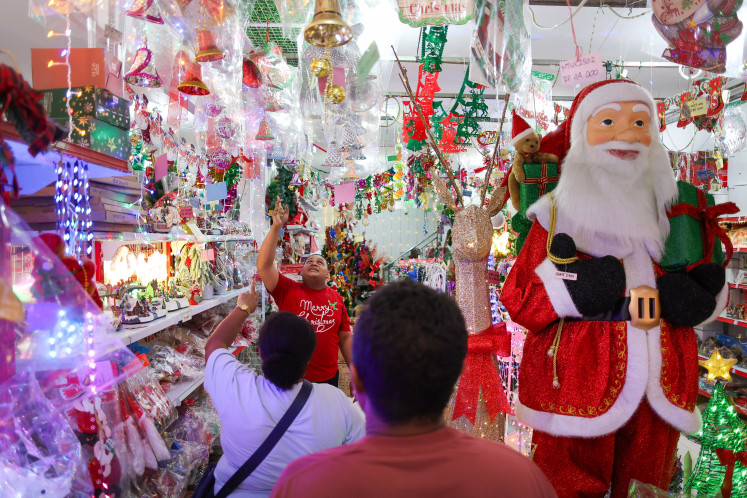Popular Reads
Top Results
Can't find what you're looking for?
View all search resultsPopular Reads
Top Results
Can't find what you're looking for?
View all search resultsThings to do in southern Spain: Stay in Renaissance hotel, hop around museums
Change text size
Gift Premium Articles
to Anyone
I
n this second part of "What to do in southern Spain", discover other things to do while exploring the region. You could spend memorable nights in a 16th century Andalusian Renaissance hotel and marvel at Pablo Picasso's artworks.
4. Stay in Renaissance-style accommodation
Those interested in spend several memorable nights in an upscale heritage establishment can opt to stay at the five-star Palacio de Úbeda in Úbeda. Located in a 16th century Andalusian Renaissance property and opened last year, the building formally belonged to one of the most important families in the country's kingdom.
A Romanesque-style church, said to been built at the site of a former mosque, is connected to the hotel and regularly hosts special events.
In addition to exceptional service, the sumptuous rooms are one of the hotel's highlights, which led to our group of guests enthusiastically checking out each other's room to compare.
 Set on a 16th century Andalusian Renaissance property, Palacio de Úbeda belonged to the most important families of the country's kingdom for centuries.(thejakartapost.com/Keshie Hernitaningtyas)
Set on a 16th century Andalusian Renaissance property, Palacio de Úbeda belonged to the most important families of the country's kingdom for centuries.(thejakartapost.com/Keshie Hernitaningtyas)
5. Enjoy kid-friendly attractions
Conveniently situated inside the city of Valencia, Bioparc is home to more than 4,000 African animals from 250 different species. According to our tour guide Martha, you should spare at least two to three hours to explore the entire place, which includes four recreated African ecosystems – Savannah, Madagascar Island, Equatorial Forest and Wetlands.
Dubbed the biggest recreational and cultural center in Europe, Valencia's City of Arts and Sciences features notable architectural design – which looks particularly picturesque at night – as well as other interesting attractions. The latter includes the continent’s largest aquarium, called Oceanogràfic, which hosts 45,000 marine creatures from some 500 different species. The marine mammal belugas also known as “sea canaries” because they love to sing, are one of the main attractions, said Oceanogràfic’s marketing officer, Carmen.
 Conveniently situated in the inner city, the Bioparc is home to more than 4,000 African animals from 250 different species. (thejakartapost.com/Keshie Hernitaningtyas)
Conveniently situated in the inner city, the Bioparc is home to more than 4,000 African animals from 250 different species. (thejakartapost.com/Keshie Hernitaningtyas)
6. Go museum hopping
In Málaga, prepare to explore and marvel at the artsy life and notable artwork of Pablo Picasso.
Born on October 25, 1881, at the city’s number 36 Plaza de la Merced (now number 15), the home in which Picasso was born has been the head office of the Fundación Picasso, also known as the Pablo Ruiz Picasso Foundation, since 1988. Several rooms and objects are exhibited on the first floor, offering insight into the painter’s origins and early years in Malaga. One of the most notable works of art there is a drawing book containing Picasso’s rough sketches of Las señoritas de Avignon (The Young Ladies of Avignon), which was made in 1907.
The Museo Picasso Málaga is also a must-see for fans of Picasso since it hosts pieces that he never wanted to sell, including a painting he produced when he was 16 years old.
Compared to similar museums in Paris and Barcelona, the Málaga museum is said to offer a more personal collection, including those belonging to his family. Almost 300 pieces of artwork are available, although only 120 are on display.
For those visiting Valencia outside of March 15 to 19, when the Fallas Festival takes place, the Fallas Museum offers a glimpse of the festivities. Said to be a celebration of carpentry in commemoration of Saint Joseph, the festival centers on the expression of art using hundreds of large wooden structures covered with painted papier-mâché and other materials. The event climaxes with lighting Falla monuments on fire. Since it is also a satirical look at various issues and themes, you can have fun by trying to guess the meaning behind the ninots indultats, or mini monuments that have been saved from the flames and showcased at the museum.
Nestled in a 15th century Baroque-style palace, Valencia's National Ceramics Museum is a favorite holiday snap spot among tourists due to its unusual alabaster entrance. Inside, you can find a vast collection of ceramics, from prehistoric, Roman, Greek and Arab eras to contemporary works such as those by Picasso, all displayed in an appropriately elegant setting.
In Úbeda, Museo de Alfarería Paco Tito offers an interesting excursion as the town is one of the most important and oldest pottery centers in Spain. The origins of earthenware production in Úbeda date back thousands of years to prehistoric times, but it was the Andalusians who encouraged the art of pottery. In addition to marveling at the vast collection of earthenware used during the old days and shopping, visitors can also learn to make pottery and explore the museum’s workshop.
 Pablo Tito, the third generation of the family that currently runs the Museo de Alfarería Paco Tito, shows how the art of pottery is done, accompanied by his already talented little daughter.(thejakartapost.com/Keshie Hernitaningtyas)
Pablo Tito, the third generation of the family that currently runs the Museo de Alfarería Paco Tito, shows how the art of pottery is done, accompanied by his already talented little daughter.(thejakartapost.com/Keshie Hernitaningtyas)
Explore other recommended adventures in southern Spain in the first and third articles.
Things to do in southern Spain: Explore heritage sites, tour olive oil farms
Things to do in southern Spain: Wine tasting, explore picturesque village of Mijas
Enjoy the video here.







